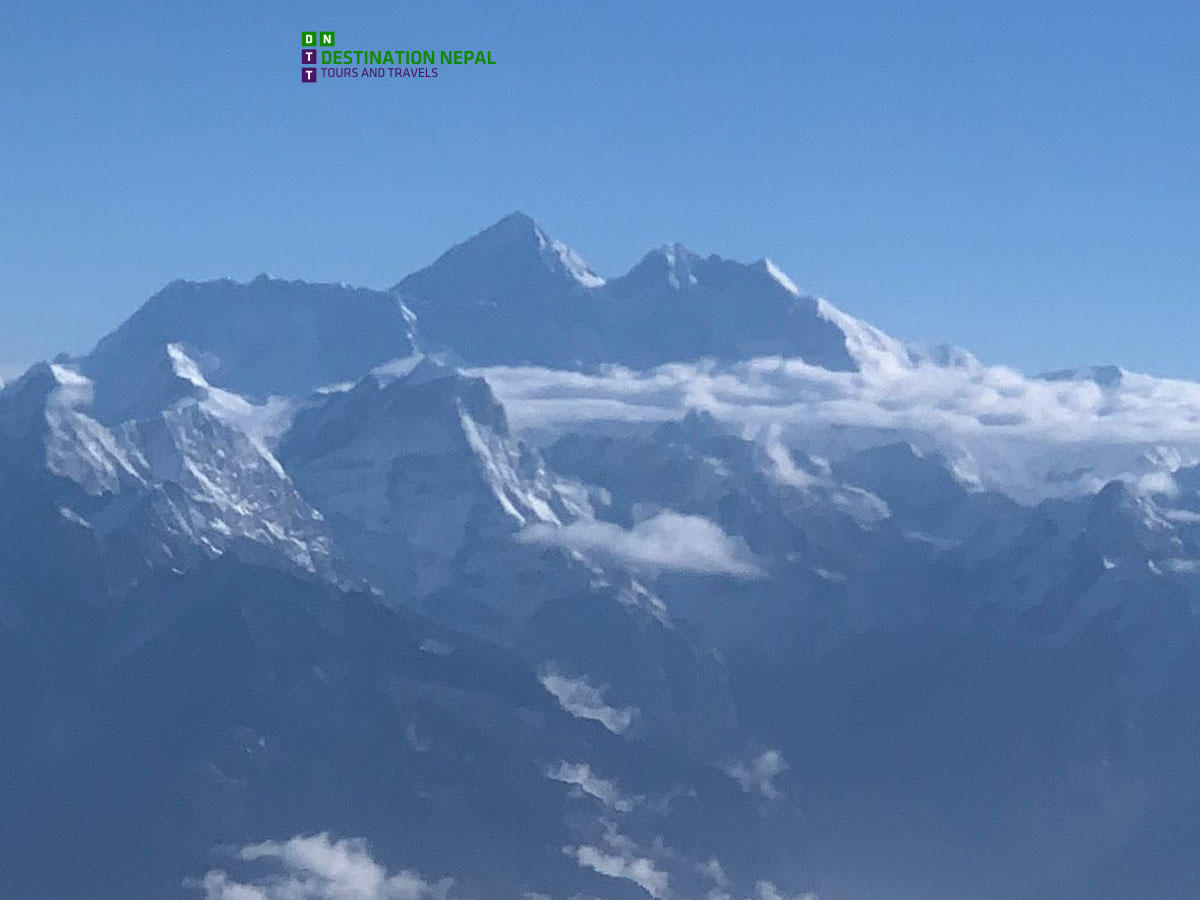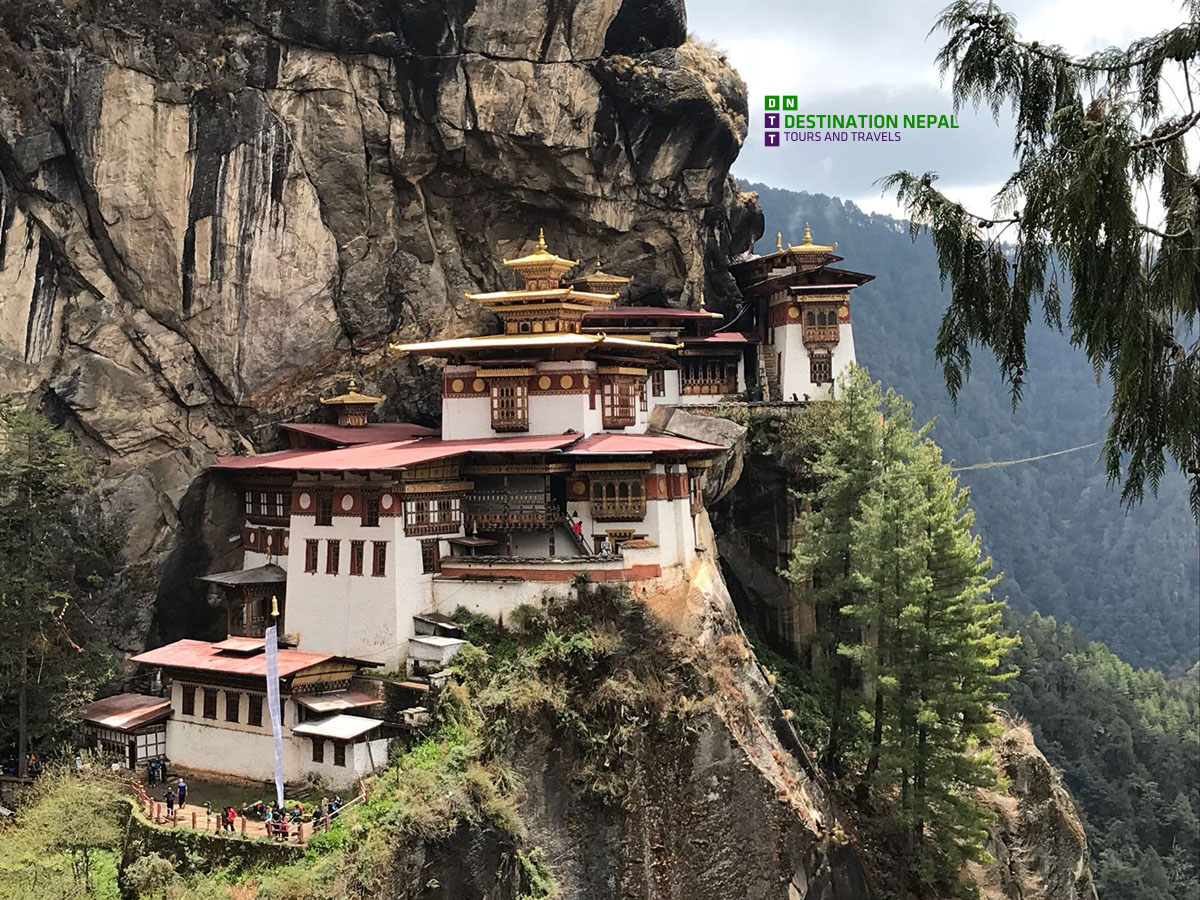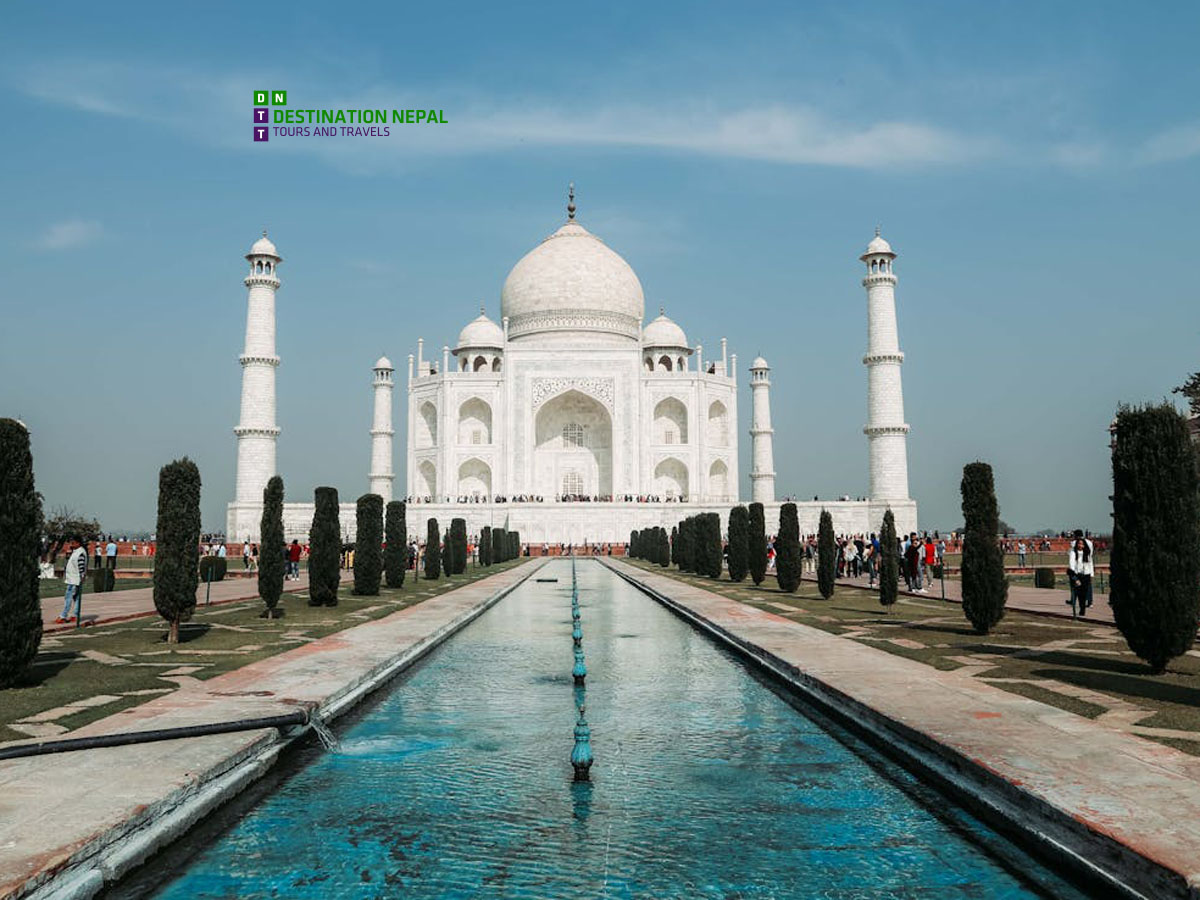Wildlife Reserve in Nepal
Wildlife Reserve
Nepal is home to a wide variety of beautiful animals-many of which it shares with India. Visitors who spend some time near the edge of a forest or who go trekking through low-lying areas and valleys may be able to sight quite a few of these lovely creatures. If you do not enjoy trekking, you can usually organize a sagari ride through on of the many national parks in Nepal which will usually afford you the opportunity to see a variety of wildlife.
Some of the wildlife in Nepal are some what restricted to certain areas and are on the endangered list due to indiscriminate poaching in times past. Nepal ‘s wildlife should always be treated with the utmost respect, remembering that these creatures are not only valuable to the environment but wild and sometimes dangerous.
Some of the largest animal varieties occur in the Tarai. Here you will find tigers, leopards, gaurs(wild ox), elephants, buffalo and a variety of deer. The deer commonly found here are chital(aka axis), sambar and swamp deer. If you journey to south-central Nepal, you must spend time in the Lesser Rapti Valley. This is one of the last homes of the great Indian rhinoceros which is one of the countries endangered species.
Despite forest clearing which has taken place in the central zone, you will still find a few wild animals living here. These include leopards and a variety of small carnivores. This is also the home of a small kind of barking deer known as “muntjacs”. If you head up even higher, you will find musk deer, tahr(beardless wild goat), goral(a relative of the rocky mountain goat) and wild sheep. If you are lucky, you may spot a wolf or a snow leopard. The Sherpa claim that the higher snowy regions are inhabited by the Yeti but don’t expect to see him during your visit. The most common birds in the region are pheasant and the most popular fish is the mahseer which can be used for food.
Clearly, Nepal is home to a stunning variety of creatures both big and small. You may find that you will not be able to view many of these creatures in their natural habitat anywhere else in the world and the experience of witnessing them in the wild can be truly memorable. Make an effort to see some of Nepal ‘a wildlife when you’re in the country-its an opportunity that should not be missed
1. Parsa Wildlife Reserve (499 sq km)
Parsa Wildlife Reserve, located in southern Nepal, spans 499 square kilometers of lowland forests, grasslands, and wetlands. Home to diverse wildlife, including tigers, elephants, and the endangered Bengal florican, it offers activities like jungle safaris, birdwatching, and nature walks. The reserve is easily accessible via a short flight from Kathmandu to Simara, followed by a road trip, making it a top destination for nature lovers and wildlife enthusiasts. Best visited from October to March.
2. Koshi Tappu Wildlife Reserve (175 sq km)
Koshi Tappu Wildlife Reserve, established in 1976 and a Ramsar site since 1987, is a stunning 175-square-kilometer wetland sanctuary located along the Koshi River in eastern Nepal. Known for its diverse bird species, including migratory birds, the reserve offers activities like game viewing and bird watching, with the best time to visit being from October to March. Visitors can explore the reserve through nature walks and stay in resorts or tented camps, accessible by air or road from Biratnagar or Kathmandu.
3. Shuklaphanta wildlife Reserve(305 sq km)
Shuklaphanta Wildlife Reserve, located in the far-eastern Terai of Nepal, is the second-largest wildlife reserve in the region, known for its sub-tropical jungle, open grasslands, and diverse wildlife. The reserve is home to swamp deer, wild elephants, tigers, and a variety of bird species like the Bengal Florican and sarus crane. Visitors can enjoy wildlife viewing, including elephant-back safaris, and stay in jungle lodges, with the best time to visit being from February to March.




